Home>Technology>Smart Home Devices>How Does An Inkjet Printer Work


Smart Home Devices
How Does An Inkjet Printer Work
Modified: August 28, 2024
Learn how inkjet printers work and the technology behind these smart home devices. Discover the inner workings of inkjet printing for your home or office.
(Many of the links in this article redirect to a specific reviewed product. Your purchase of these products through affiliate links helps to generate commission for Storables.com, at no extra cost. Learn more)
Introduction
In the realm of modern printing technology, inkjet printers stand as a ubiquitous and versatile option for producing high-quality prints. These devices have become an indispensable tool for homes, businesses, and creative professionals, offering a convenient means to bring digital content to life on physical media. Understanding the inner workings of an inkjet printer can provide valuable insight into its functionality and help users make informed decisions when selecting a printer that suits their needs.
In this comprehensive guide, we will delve into the intricate mechanisms that power inkjet printers, explore the various types of inkjet printing, and weigh the advantages and disadvantages of this popular printing method. By the end of this exploration, you will have a deeper understanding of how inkjet printers operate and the factors to consider when leveraging this technology for your printing needs. So, let's embark on this illuminating journey into the world of inkjet printing and uncover the magic behind these remarkable devices.
Key Takeaways:
- Inkjet printers use tiny nozzles to deposit ink onto paper, creating high-quality prints with vibrant colors and fine details, making them versatile for various printing needs.
- While inkjet printers offer cost-effective and quiet operation, they may be slower and require regular maintenance, with prints susceptible to fading over time.
Read more: What Is An Inkjet Printer
Components of an Inkjet Printer
Before delving into the inner workings of an inkjet printer, it’s essential to familiarize ourselves with the key components that collectively enable the device to transform digital data into tangible prints. Understanding the roles of these components sheds light on the intricate process of inkjet printing.
1. Print Head: At the heart of an inkjet printer lies the print head, a crucial element responsible for precisely depositing ink droplets onto the printing surface. This component is equipped with tiny nozzles that expel the ink in a controlled manner, resulting in the formation of text and images with exceptional clarity and detail.
2. Ink Cartridges: Inkjet printers rely on ink cartridges to supply the necessary ink for printing. These cartridges typically contain multiple chambers, each housing a different color of ink. The cartridges are designed to seamlessly integrate with the printer, ensuring a consistent flow of ink to the print head during the printing process.
3. Paper Feed: The paper feed mechanism facilitates the smooth and precise movement of the printing surface through the printer. This component ensures that the paper is correctly positioned for the application of ink, resulting in accurate and uniform prints.
4. Control Circuitry: Inkjet printers incorporate sophisticated control circuitry to manage various aspects of the printing process. This includes regulating the movement of the print head, coordinating the delivery of ink from the cartridges, and synchronizing the overall operation of the printer to produce high-quality prints.
5. Connectivity Interfaces: Modern inkjet printers are equipped with versatile connectivity interfaces, such as USB, Wi-Fi, and Ethernet, enabling seamless integration with a wide range of devices, including computers, smartphones, and tablets. This connectivity empowers users to initiate print jobs from diverse digital platforms, enhancing the printer’s accessibility and convenience.
By comprehending the vital components of an inkjet printer, we gain insight into the intricate interplay of technology that drives the printing process. With this foundational knowledge in place, we can now explore the fascinating mechanics behind how an inkjet printer brings digital content to life on physical media.
How an Inkjet Printer Works
Understanding the inner workings of an inkjet printer unveils the fascinating process through which digital data is transformed into vivid, tangible prints. The following steps elucidate the intricate mechanism that powers the functionality of an inkjet printer:
1. Data Processing: The printing process commences with the inkjet printer receiving digital data from a connected device, such as a computer or smartphone. This data is processed by the printer’s control circuitry, which interprets the information and prepares it for the subsequent stages of the printing process.
2. Paper Feed and Positioning: Once the data is processed, the printer’s paper feed mechanism engages, accurately positioning the printing surface within the printer. This precise positioning ensures that the ink is applied to the paper with meticulous detail, resulting in high-quality prints.
3. Ink Application: The print head, equipped with a multitude of microscopic nozzles, springs into action. As the paper is positioned beneath the print head, the control circuitry orchestrates the precise expulsion of ink droplets onto the paper’s surface. These droplets combine to form the desired text, graphics, or images with remarkable precision and clarity.
4. Color Mixing (if applicable): In the case of color printing, the inkjet printer seamlessly blends the primary colors—cyan, magenta, yellow, and black—to achieve a diverse spectrum of hues and tones. This blending process occurs with exceptional accuracy, ensuring that the printed output faithfully reproduces the intended colors and gradients.
5. Drying and Finishing: Upon the completion of the ink application, the printed media may undergo a brief drying process to ensure that the ink adheres securely to the paper. Once the drying phase is complete, the printed output emerges, ready to be handled and shared.
By traversing these sequential stages, an inkjet printer adeptly translates digital content into physical prints, embodying the seamless fusion of technology and creativity. This insightful journey into the printing process illuminates the precision and artistry that underpin the functionality of inkjet printers.
When using an inkjet printer, make sure to regularly clean the print head to prevent clogging and maintain print quality. This can be done through the printer’s maintenance menu or with a cleaning kit.
Types of Inkjet Printing
In the realm of inkjet printing, various techniques and technologies have emerged to cater to diverse printing needs, each offering unique advantages and applications. Understanding the different types of inkjet printing provides valuable insight into the versatility and adaptability of this popular printing method. Let’s explore some of the prominent types of inkjet printing:
1. Continuous Inkjet (CIJ) Printing: Continuous inkjet printing is characterized by the continuous ejection of ink droplets from the print head, regardless of whether printing is required at a specific moment. This method is renowned for its high-speed operation and is commonly utilized in industrial settings for tasks such as marking and coding products, as well as printing variable data on packaging materials.
2. Drop-on-Demand (DOD) Printing: Drop-on-demand inkjet printing entails the precise ejection of ink droplets from the print head only when necessary, offering enhanced control over the printing process. This method is further divided into thermal DOD, where heat is used to expel the ink, and piezoelectric DOD, which leverages piezoelectric elements to propel the ink droplets. DOD printing is widely employed in diverse applications, including graphic arts, textile printing, and industrial labeling.
3. Wide-Format Inkjet Printing: Wide-format inkjet printing, also known as large-format printing, encompasses the production of prints on significantly larger media than standard printing formats. This method is favored for creating expansive displays, banners, architectural plans, and other large-scale visual materials, catering to the needs of advertising, design, and engineering industries.
4. Photo Inkjet Printing: Photo inkjet printing is tailored to deliver exceptional print quality for photographic applications, faithfully reproducing the vibrant colors, fine details, and smooth gradients essential for producing stunning photographs. This specialized printing method is widely embraced by photography enthusiasts, professional photographers, and artists seeking to showcase their visual creations with unparalleled clarity and brilliance.
5. Textile Inkjet Printing: Textile inkjet printing revolutionizes the creation of vibrant, durable designs on fabric, offering a versatile and cost-effective alternative to traditional textile printing methods. This technique enables the seamless integration of intricate patterns, vivid colors, and custom designs onto various types of textiles, empowering the fashion, home decor, and apparel industries to unleash their creative visions on fabric.
By acquainting ourselves with the diverse types of inkjet printing, we gain a deeper appreciation for the adaptability and innovation that define this dynamic printing technology. Each method caters to specific requirements, reflecting the boundless potential of inkjet printing across a spectrum of creative and industrial domains.
Advantages and Disadvantages of Inkjet Printing
As with any technology, inkjet printing boasts a range of advantages and disadvantages, each influencing its suitability for various printing tasks. By examining these pros and cons, we can gain a comprehensive understanding of the capabilities and limitations of inkjet printing technology.
Advantages:
- High-Quality Output: Inkjet printers excel at producing high-resolution prints with vibrant colors and fine details, making them ideal for tasks that demand superior image and text clarity.
- Versatility: Inkjet printers accommodate a broad range of media types, including glossy photo paper, matte paper, canvas, and specialized inkjet-compatible substrates, enabling diverse printing applications.
- Cost-Effectiveness: For low to moderate printing volumes, inkjet printers offer an economical solution, as they typically have lower upfront costs and can produce exceptional quality prints without the need for specialized setups.
- Quiet Operation: Inkjet printers operate with minimal noise, enhancing the work environment and facilitating undisturbed printing in various settings, including home offices and creative studios.
- Compact Size: Many inkjet printers are compact and lightweight, making them suitable for small spaces and convenient for users who require a portable printing solution.
Disadvantages:
- Print Speed: Inkjet printers are generally slower than laser printers, particularly when producing high-volume prints, which may impact productivity in fast-paced environments.
- Ink Drying Time: The ink used in inkjet printing may require sufficient drying time, especially on glossy or specialty papers, potentially leading to smudging if not handled carefully.
- Ink Cost: While inkjet printers offer cost-effective solutions for low-volume printing, the ongoing expense of ink cartridges can accumulate over time, particularly for users with substantial printing requirements.
- Long-Term Durability: Prints from inkjet printers may be susceptible to fading or smudging over time, especially when exposed to environmental factors such as moisture and sunlight, necessitating protective measures for long-term preservation.
- Maintenance Requirements: Inkjet printers may require regular maintenance, such as printhead cleaning and alignment, to ensure consistent print quality, adding to the overall operational demands.
By weighing these advantages and disadvantages, users can make informed decisions regarding the suitability of inkjet printing for their specific printing needs, considering factors such as print volume, image quality requirements, budget constraints, and long-term print durability.
Read more: How To Know If Printer Is Inkjet
Conclusion
Throughout this exploration of inkjet printing, we have uncovered the intricate mechanisms, diverse applications, and nuanced attributes that define this versatile printing technology. From the precision of print heads to the adaptability of wide-format printing, inkjet technology continues to evolve, catering to a spectrum of creative and industrial needs.
By understanding the components of an inkjet printer, we gain insight into the seamless interplay of technology that enables the transformation of digital data into tangible prints. The print head, ink cartridges, and control circuitry harmonize to bring forth vivid images and text with exceptional clarity and detail, underscoring the artistry and precision inherent in inkjet printing.
Exploring the various types of inkjet printing illuminates the breadth of applications this technology encompasses, from continuous inkjet printing in industrial settings to photo inkjet printing for capturing stunning visual narratives. Each method reflects the adaptability and innovation that define inkjet printing, catering to diverse industries and creative pursuits.
Examining the advantages and disadvantages of inkjet printing provides a holistic understanding of the technology’s capabilities and limitations. While inkjet printers excel in producing high-quality prints and accommodating diverse media types, considerations such as print speed, ink drying time, and long-term durability warrant thoughtful evaluation when selecting a printing solution.
In essence, inkjet printing stands as a testament to the seamless fusion of technology and creativity, empowering users to bring their digital visions to life with unparalleled precision and vibrancy. As this dynamic printing technology continues to evolve, it remains an indispensable tool for artists, businesses, and enthusiasts alike, embodying the enduring allure of transforming ideas into tangible expressions.
As we conclude this exploration, let us carry forward a deepened appreciation for the artistry and innovation that underpin inkjet printing, recognizing its enduring impact on visual communication, creative expression, and industrial efficiency.
Frequently Asked Questions about How Does An Inkjet Printer Work
Was this page helpful?
At Storables.com, we guarantee accurate and reliable information. Our content, validated by Expert Board Contributors, is crafted following stringent Editorial Policies. We're committed to providing you with well-researched, expert-backed insights for all your informational needs.
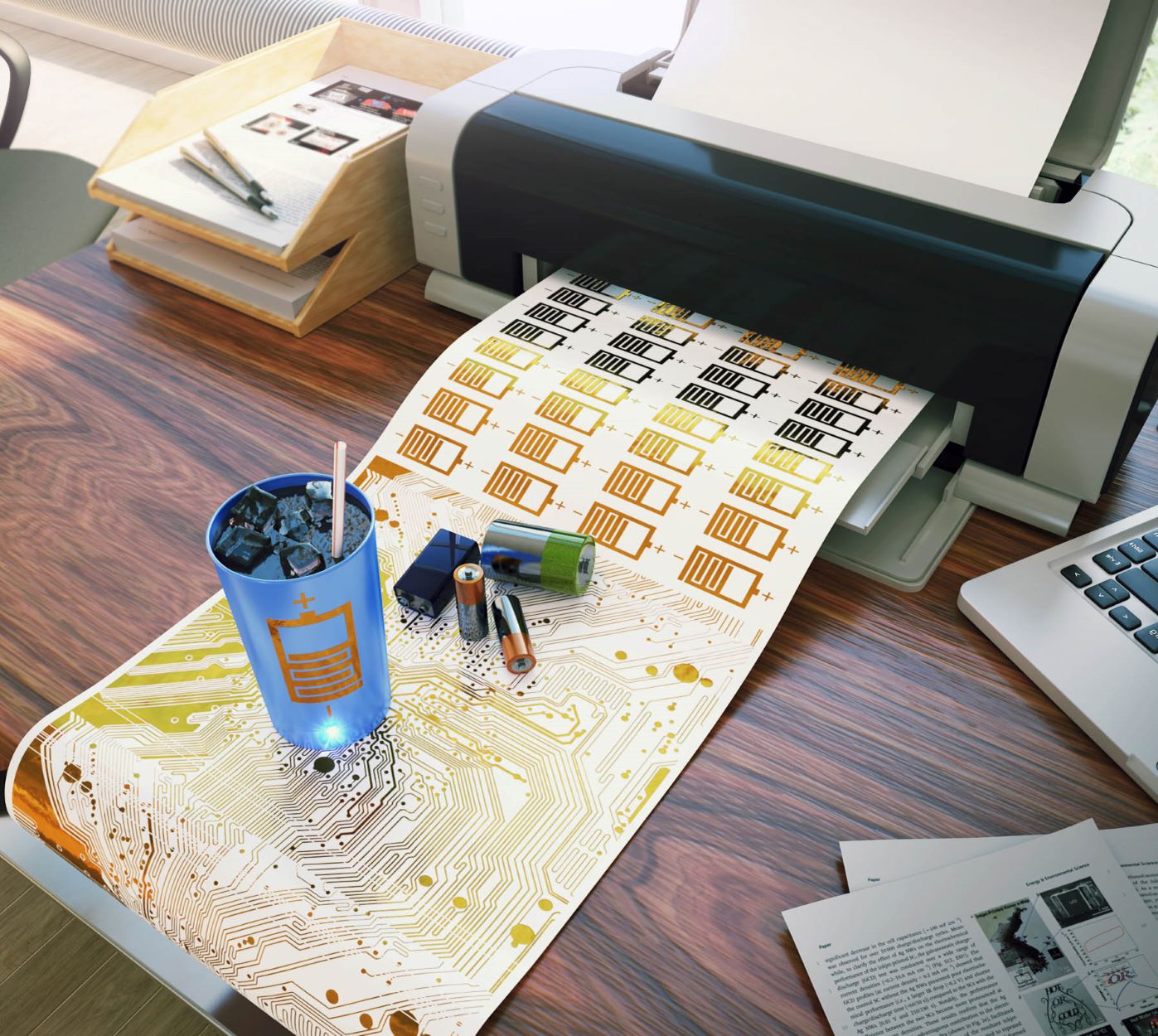
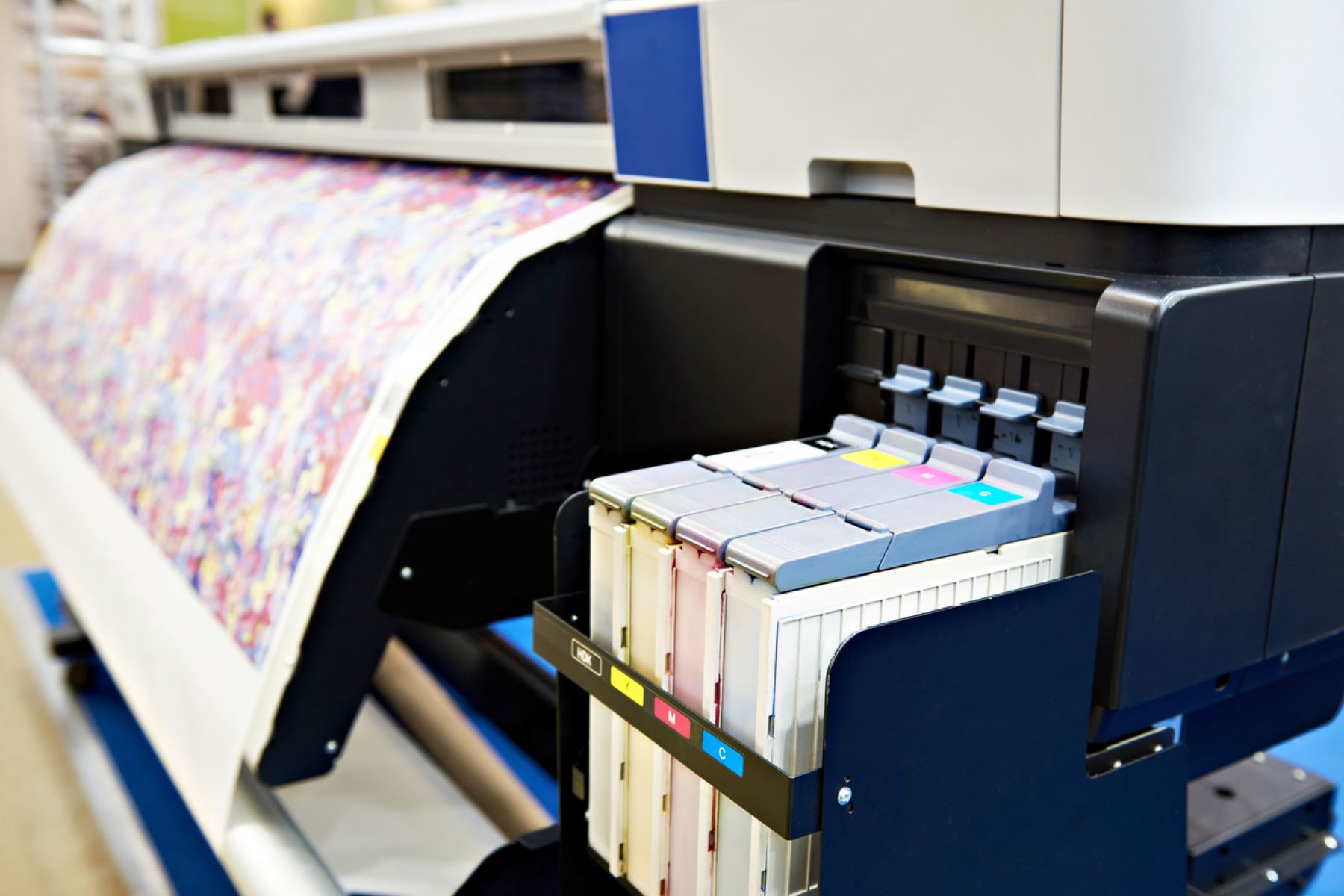


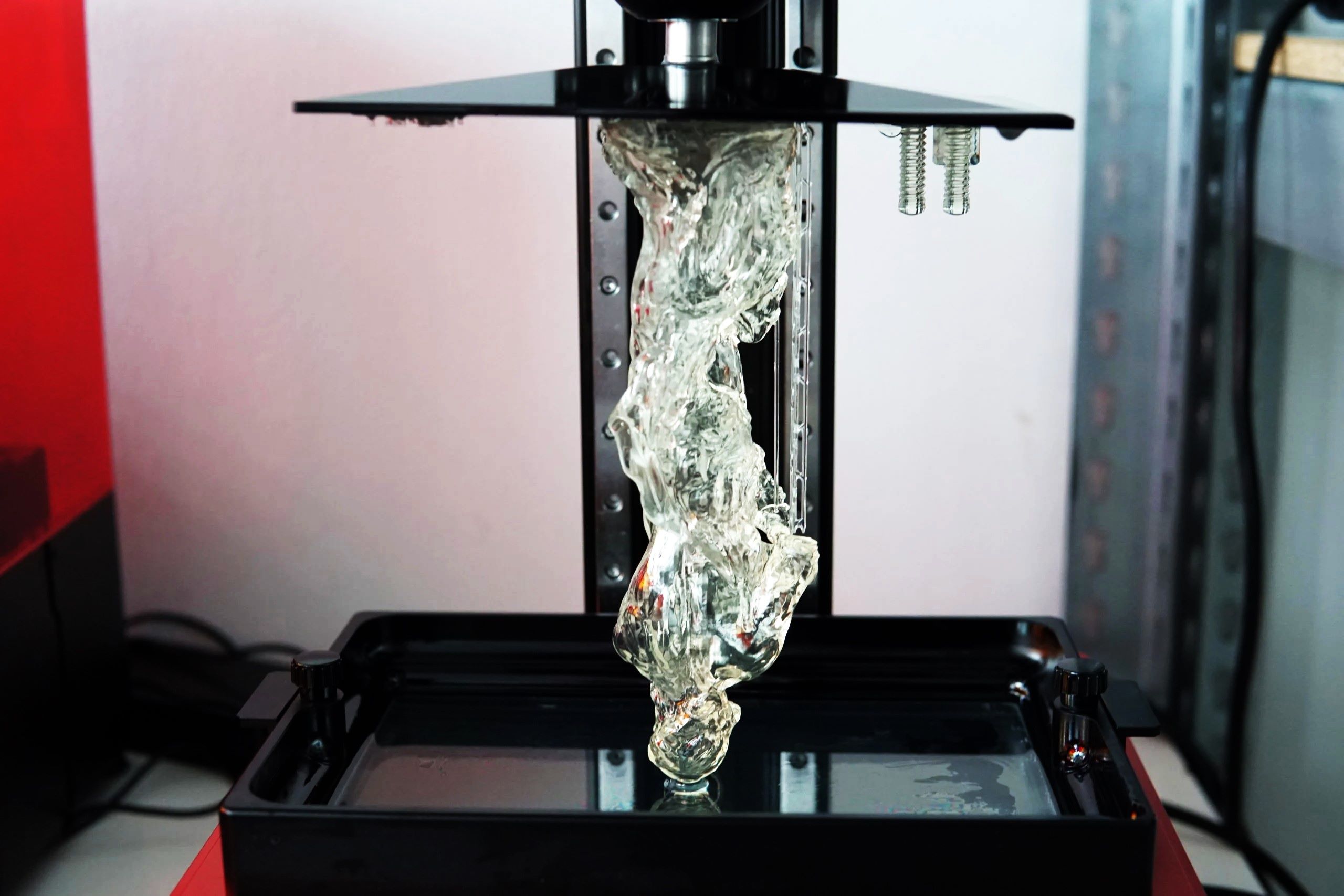
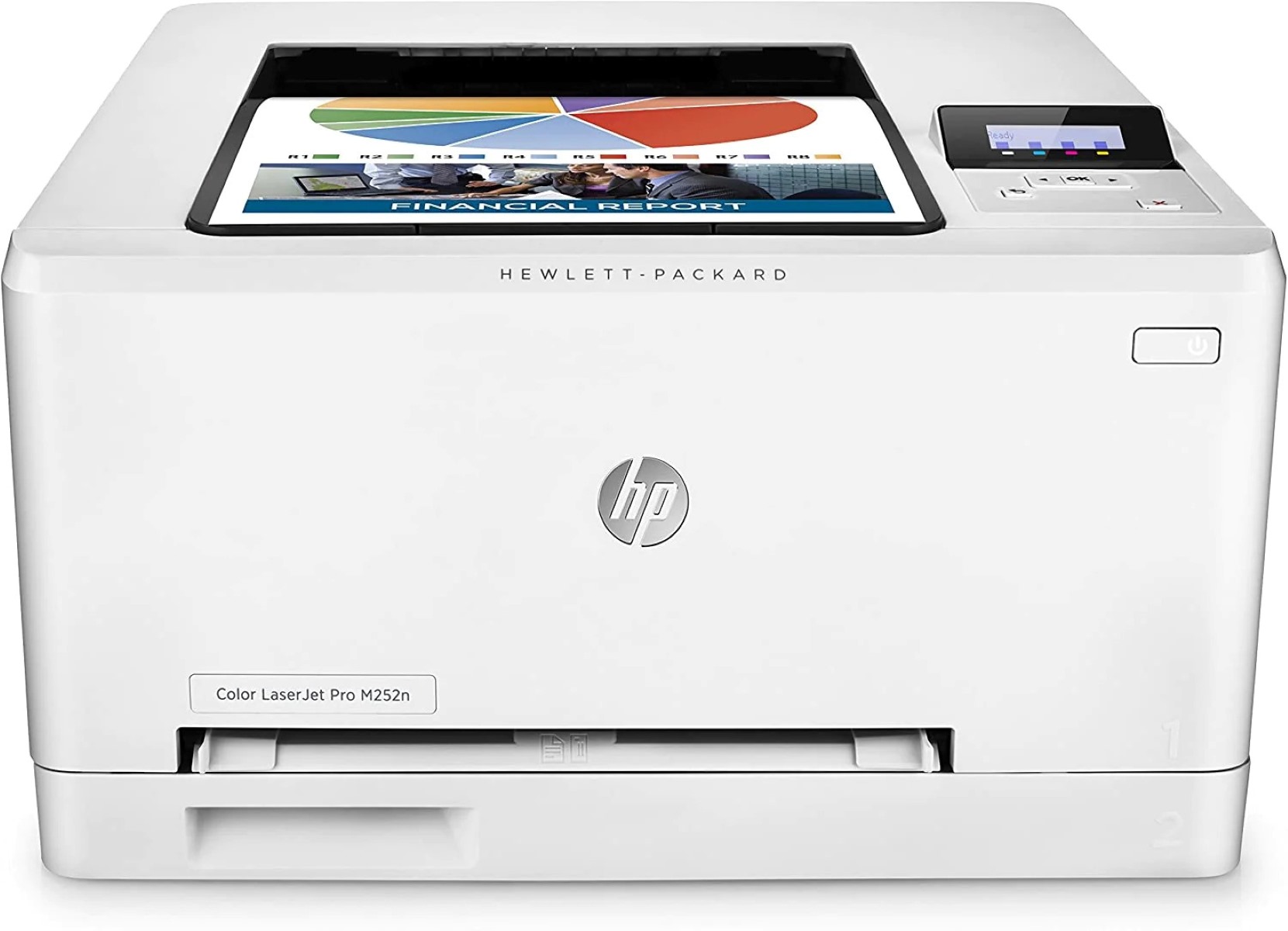

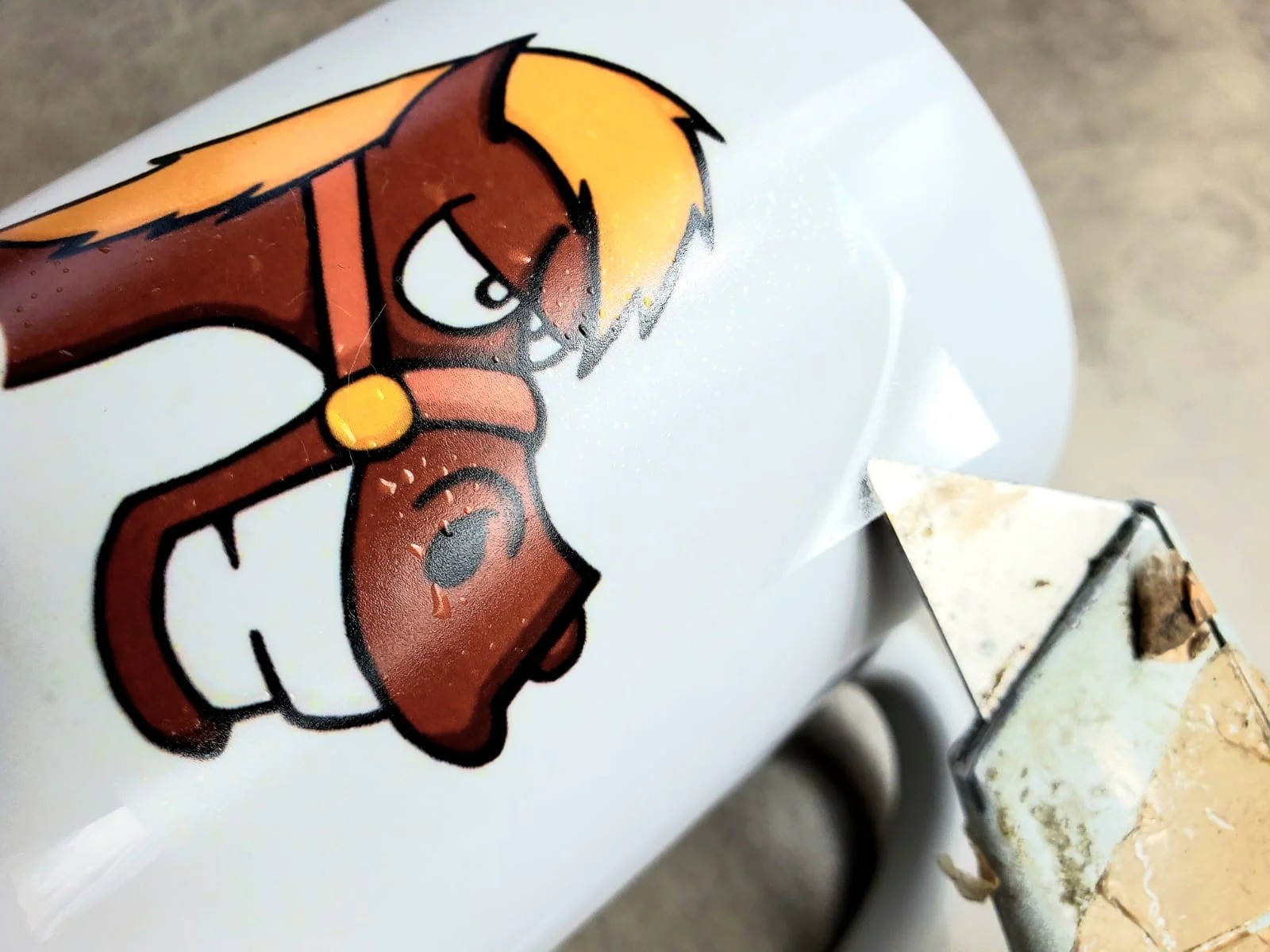
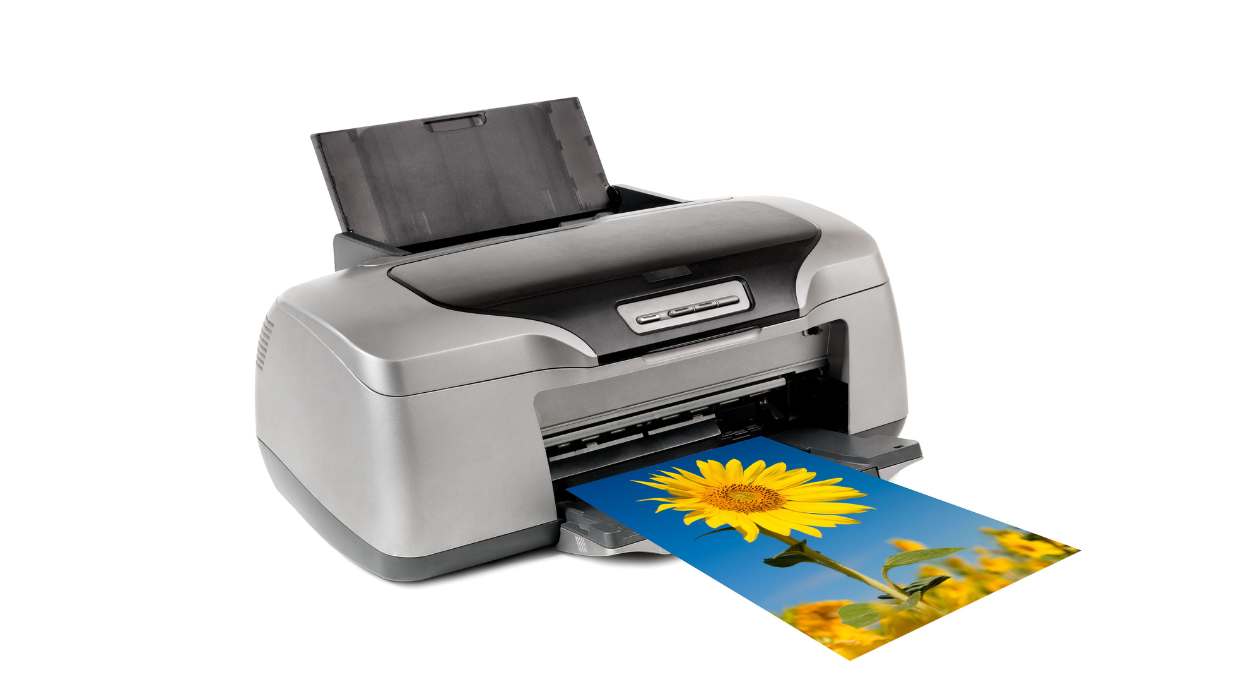
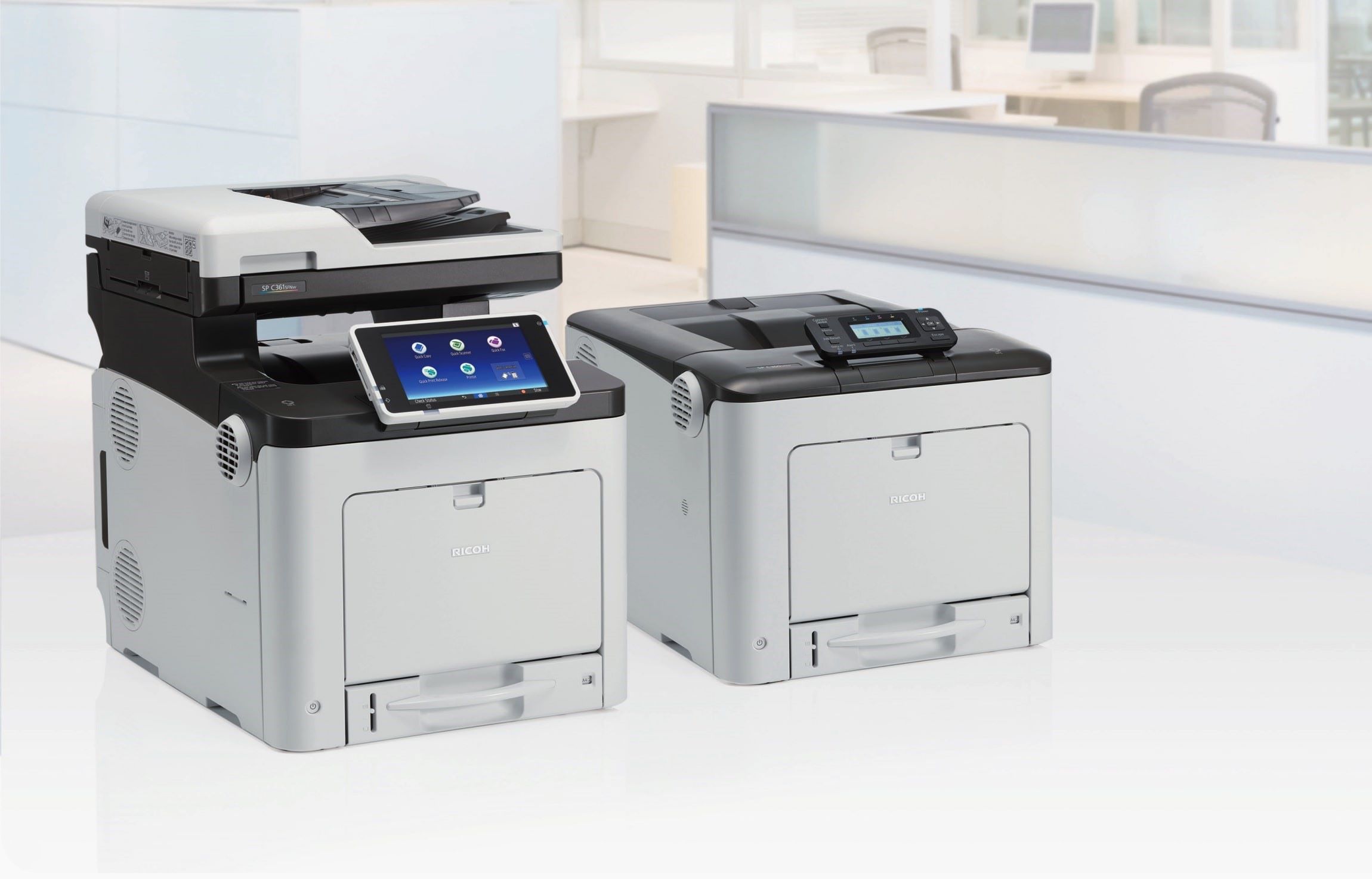
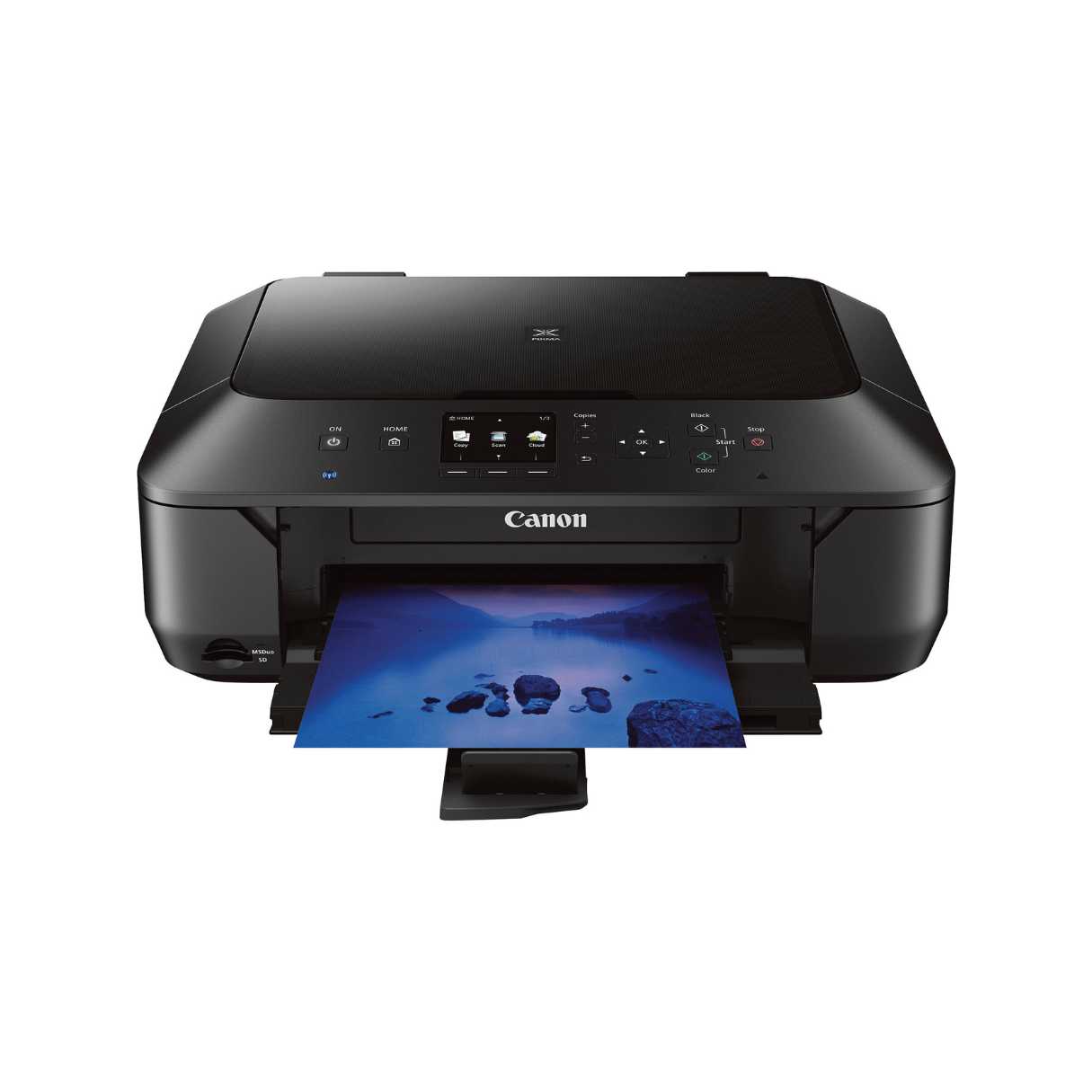
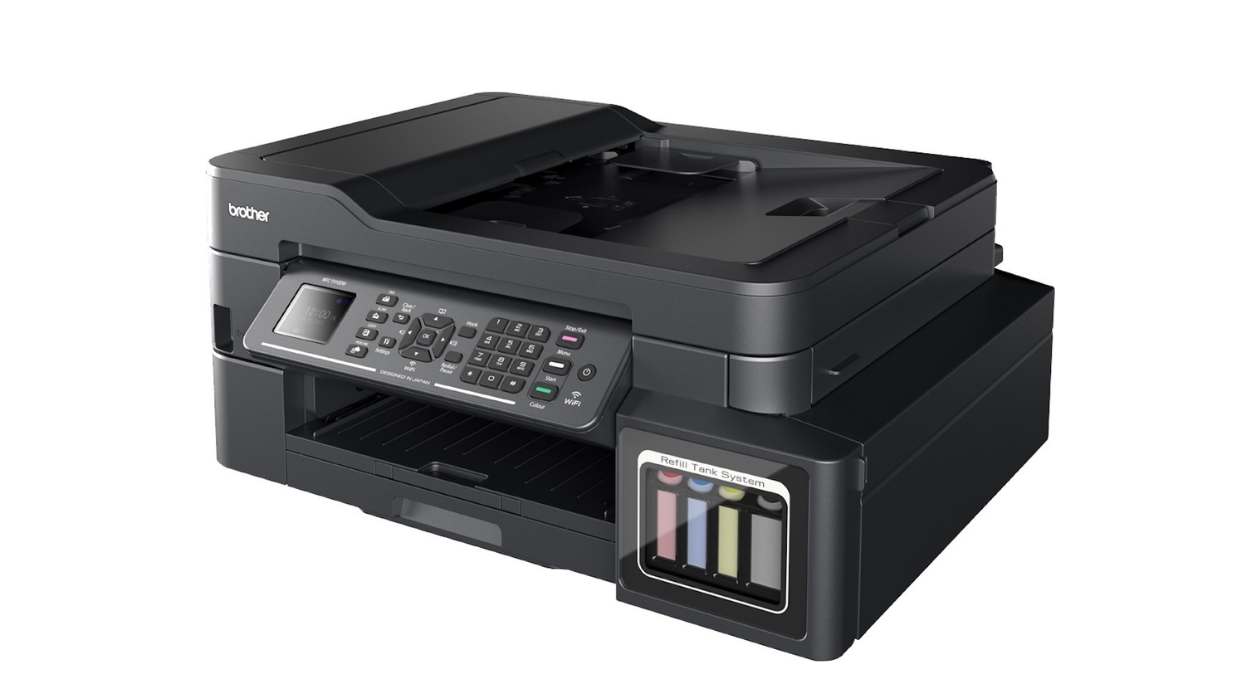
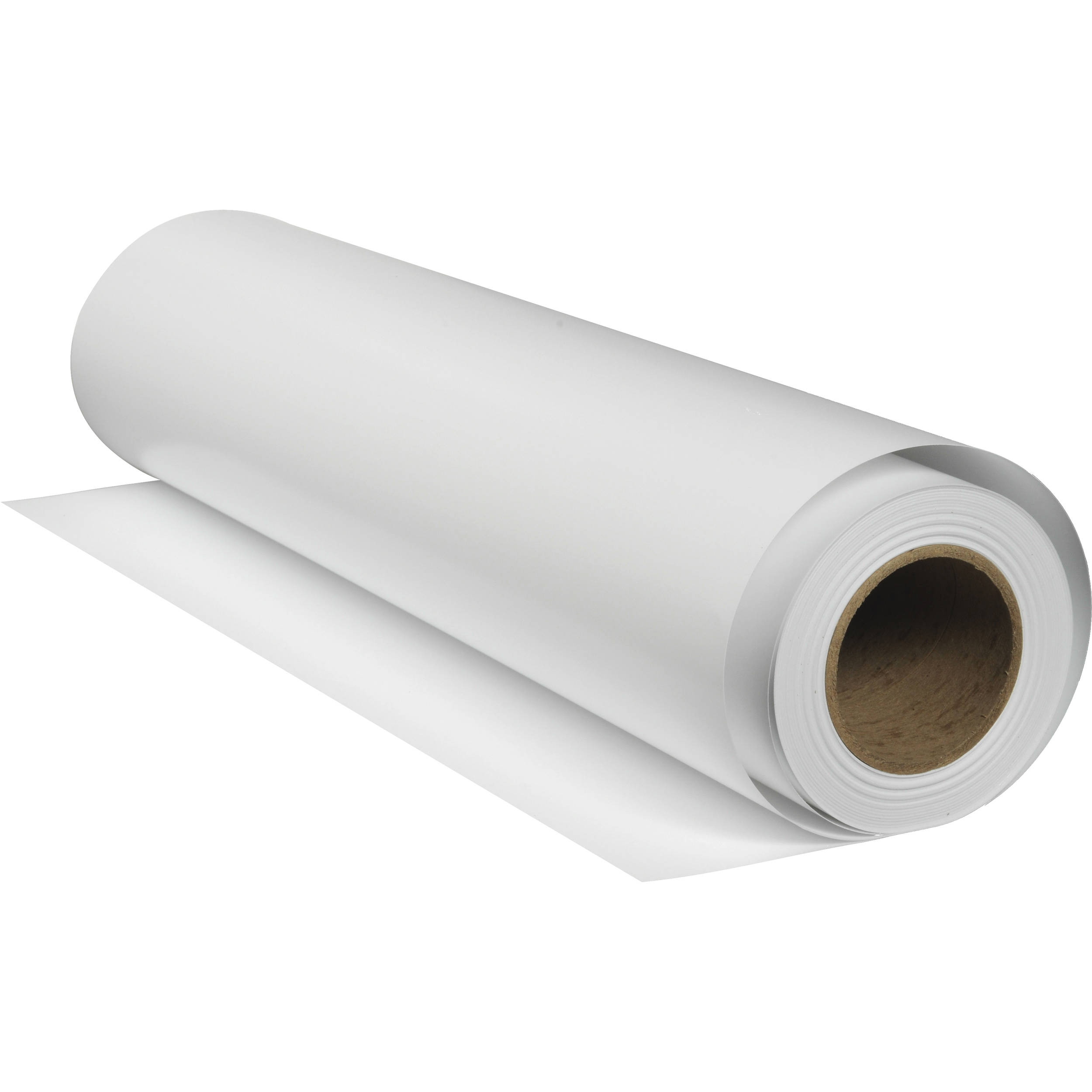


0 thoughts on “How Does An Inkjet Printer Work”